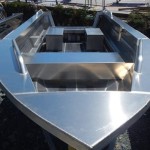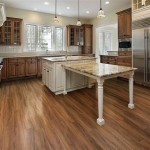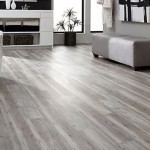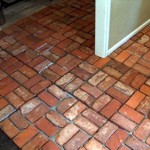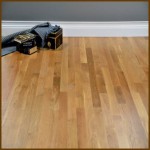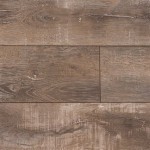Best Bathroom Flooring For Radiant Heat: Essential Aspects
Radiant heat flooring systems, which emit heat from below the surface, are gaining popularity in bathroom renovations due to their energy efficiency and luxurious comfort. However, choosing the right bathroom flooring that complements the radiant heat system is crucial to optimize performance and enhance the overall bathing experience.
This article explores essential aspects to consider when selecting the best bathroom flooring for radiant heat, providing valuable insights for homeowners and contractors alike.
Heat Transfer Characteristics
The primary consideration is the flooring's ability to conduct and distribute heat effectively. Tile, natural stone, and engineered hardwood are excellent choices due to their high thermal conductivity, allowing heat to flow easily from the radiant system to the surface.
Carpet and other soft materials, on the other hand, act as insulators, hindering heat transfer. While they provide a plush feel, they are not suitable for radiant heat flooring.
Moisture Resistance
Bathrooms are naturally prone to moisture, so choosing flooring that can withstand moisture is essential. Tile, natural stone, and luxury vinyl plank (LVP) are water-resistant options, preventing moisture from damaging the flooring or underlying radiant heating system.
Carpet and certain types of hardwood flooring are not moisture-resistant and may deteriorate over time in humid environments.
Thermal Mass
Thermal mass refers to the ability of a material to absorb and store heat. Tile and natural stone have high thermal mass, meaning they can absorb heat from the radiant system and release it gradually, creating a consistent and comfortable warmth.
Engineered hardwood flooring and LVP have lower thermal mass, so they may not retain heat as effectively. However, they can still provide a comfortable experience, especially when paired with a thicker underlayment.
Aesthetics
Beyond functionality, the flooring should complement the overall bathroom design. Tile and natural stone offer a wide range of colors, patterns, and textures to match any style, from classic to contemporary.
Engineered hardwood flooring and LVP provide the warmth and beauty of natural wood with additional durability and moisture resistance.
Cost and Maintenance
The cost of flooring materials and installation varies widely. Tile and natural stone are typically more expensive than engineered hardwood flooring and LVP, but they offer a longer lifespan and require less maintenance.
Hardwood flooring requires regular cleaning and refinishing to maintain its appearance, while tile and natural stone are generally easier to clean and maintain.
Conclusion
Choosing the best bathroom flooring for radiant heat involves considering heat transfer characteristics, moisture resistance, thermal mass, aesthetics, and cost. By carefully evaluating these factors, homeowners and contractors can select a flooring solution that optimizes the performance of the radiant heat system while enhancing the comfort and elegance of the bathroom space.

The Best Heated Flooring Materials For A Cozy Home

Is Radiant Floor Heating In A Bathroom Worth The Cost

What Are Radiant Heated Floors Everything You Need To Know In 2024
.jpg?strip=all)
The Best Types Of Flooring For Radiant Heating

Pros And Cons Of Radiant Bathroom Flooring

The Best Types Of Flooring For Radiant Heating

Pros And Cons Of A Radiant Heated Bathroom Floor Kitchen Bath Renovation

Bathroom Floor And Thermostats Warmup Usa

Best Flooring To Install Over A Radiant Heating System Today S Homeowner

The Best Types Of Flooring For Radiant Heating

